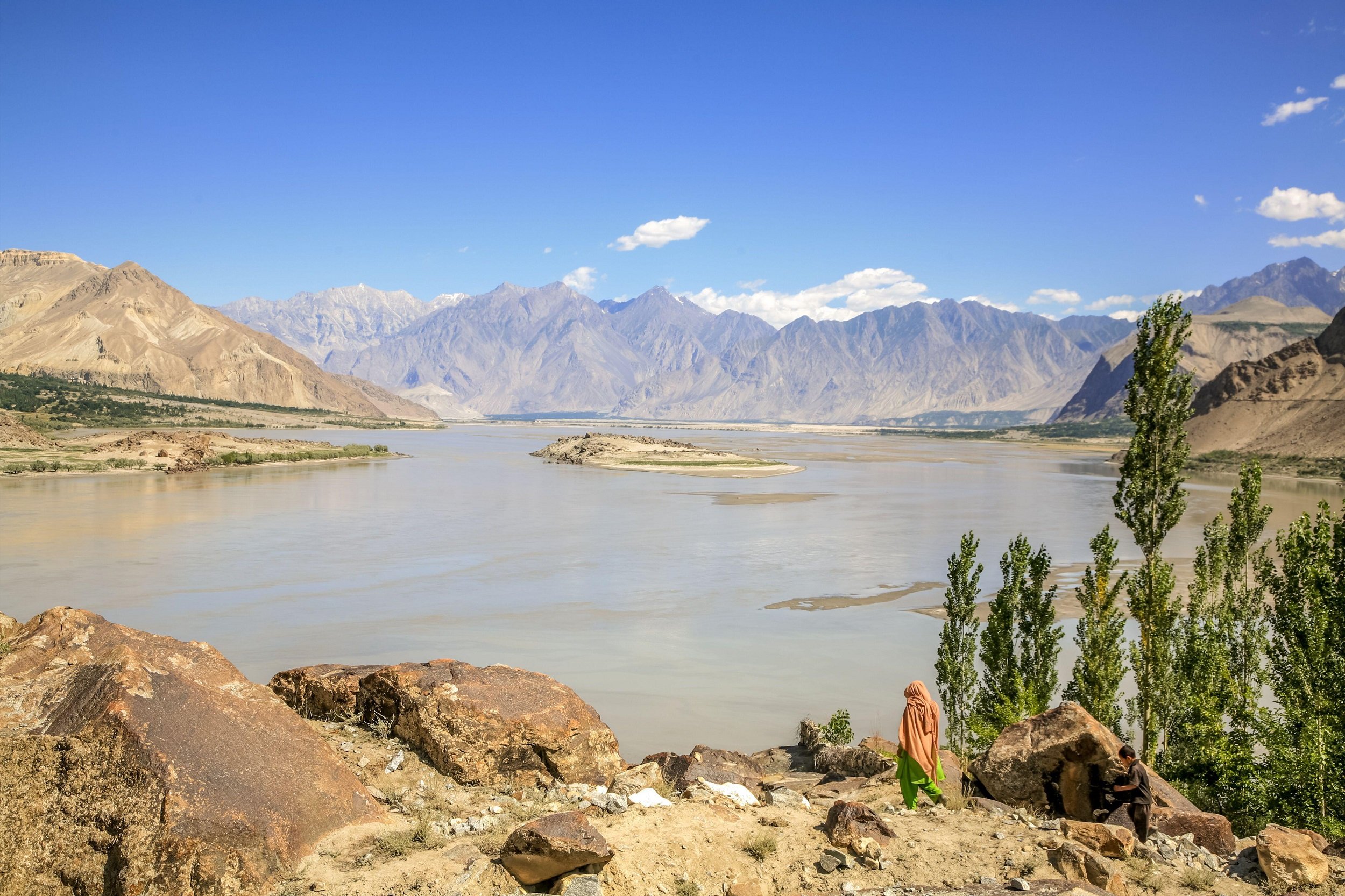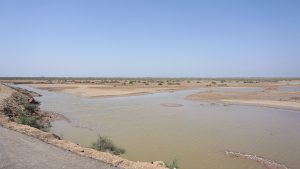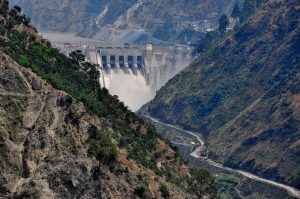As you zoom into the Indus river basin from space via Google Earth, the intricate maze of canals and land becomes clearly visible. This vast contiguous irrigation system helps support the lives and livelihoods of well over 250 million people. Most of them live in India and Pakistan, but some inhabit parts of Afghanistan and China.
This is also a system under acute stress in which over 110 million people eke out a living on less than USD 2 a day. This means that both the system and its peoples, in short, share a precarious situation. Pressures on the basin through population growth, environmental degradation and the overarching umbrella of climate change threatens the sustainability of the water resources. They also create uncertainty and risk for human development.
The challenge, then, is how to manage such a vast system across divergent country systems and with widely differing development needs. This forms the heart of a new policy brief produced by the International Institute for Applied Systems Analysis (IIASA).
The briefing paper argues for joint investments to meet the basin’s sustainable development agenda by 2050. By this time the population will likely exceed 360 million. The paper identifies most current planning and investment as isolated and ‘siloed’. Assessing a series of scenarios of future demand, the paper identifies stress areas. These include a doubling in freshwater ‘prices’ and food costs. It forecasts water withdrawals from the basin increasing by 18% by 2050 in a business-as-usual scenario.

Water, food and energy demand growth in the Indus basin up to 2050 under a business-as-usual scenario. Source: IIASA (CC BY-NC 4.0)

Climate change adds to uncertainty
The Indus basin is riven by uncertainty. Multiplying climate change impacts on the ‘third pole’ upstream (supplying some 80% of the water flows) threaten future water availability. Looking afresh at this situation, the paper argues for sustainable development pathways that involve upwards of USD 85 billion a year in investment by 2050. These will be needed to help tackle food, water and energy challenges facing the system.
This would be 13% more in investment than in a business-as-usual scenario, the paper acknowledges. However, long-term social and environmental returns would be greater including through increasing irrigation efficiency, limiting overall withdrawals and reusing water.
Of the additional costs, Pakistan could focus on energy and water investments, while India could look at expanding and updating water abstraction and treatment, and improving irrigation efficiency. The key point made is that cooperation would lead to overall cost reductions. This includes linking strategies to promote internal trade, and using (re)allocation of energy and food production to achieve ‘comparative advantage’ across the basin.

Cannot ignore political realities of Indus basin
So far, so good. Unfortunately this somewhat conventional approach to investment and trade suggests a potential for diverse social and environmental benefits across countries forming a rather blank and flat policy canvas.
The paper strongly suggests that there is a need for a basin-wide view on agricultural and energy specialisations. This includes energy trade between India and Pakistan that would reduce the cost of energy for the latter. Unfortunately, it skirts over the political realities.
A somewhat orphaned paragraph suggests: “From a water perspective, revising water allocation agreements between countries” would save significant investments, redistributing water internally in India “to match domestic demand” and allowing higher inflows to Pakistan, “thus reducing stress in the entire basin”.
Unfortunately, this does not mention the intricacies of the existing agreement on the river. The Indus Waters Treaty was signed between India and Pakistan (with the World Bank as an observer) in 1961, and remains in force.
And here lies the rub, perhaps. The potential scenarios presented are interesting, but not rooted in any form of political or political-economic analysis of the current situation. This leads the briefing paper’s scenarios up something of a blind alley.
Important to build trust
Important blue skies thinking such as this needs to be situated within the realities of political economy in the basin. These realities may be murky, but must be acknowledged, we argue. If nothing else, a description of what is meant by ‘cooperation’ in this context could have been elaborated on. There are complex tensions inhabiting this basin space. They include everything from Kashmir and the China-Pakistan Economic Corridor (CPEC) to climate impacts on coastal areas and water-quality issues in Punjab and Sind.
Are we, for instance, only considering technical cooperation strategies? Is it possible to include trust-building mechanisms as cooperation methods? Indeed, how to achieve trust-building through technical cooperation could be a useful thread to explore further.
That said, the underlying logic presented of thinking system-wide to tackle the development challenges facing the Indus basin’s peoples is compelling. It needs to be re-emphasised continually. Next time, though, let us achieve some greater policy traction with an investment logic more rooted in, and informed by, political-economic realities.








